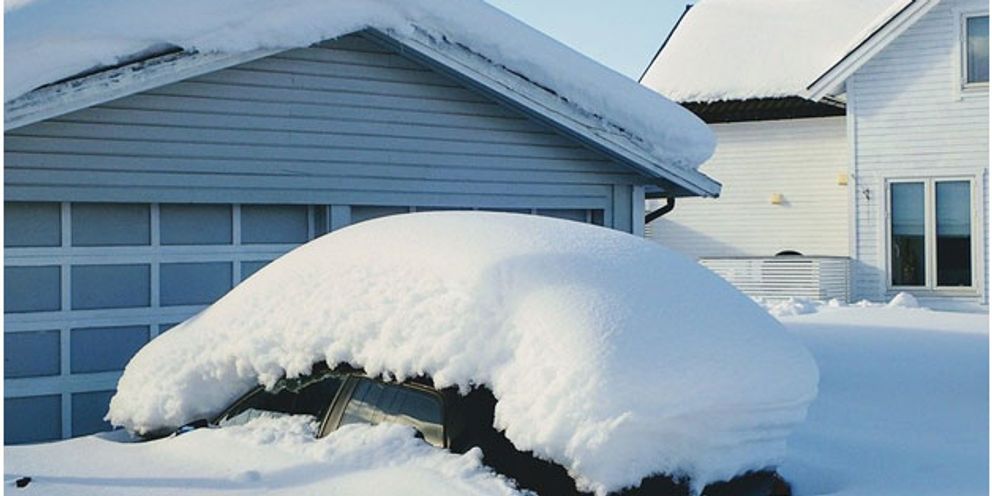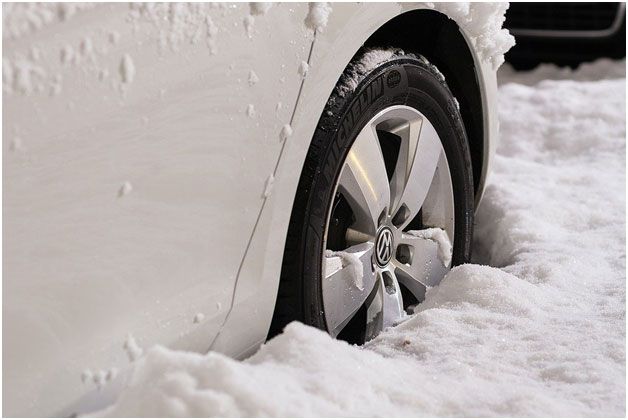
How to protect your Car from Snow and Ice Damage
Image Credit: 5350755 / Pixabay
While winter may be full of beautiful landscapes and warm nights around the fire, it also brings with it snow and ice that can harm your beloved vehicles. In the mind of a vehicle mechanic, winter is equal parts hot chocolate, snowmen, and corrosion damage.
The rock salt, ice, and melting snow common on our roads in the winter all take a unique toll on your car. However, the majority of winter damage to your vehicle can be prevented with only a few preventive maintenance steps and proper storage planning. In this post, we are going to explore how you can best avoid the damage to your car caused by snow and ice.
How to Protect Your Car from Snow and Ice
How to Protect Your Car from Snow and Ice
The Federal Highway Safety Administration (FHWA) states that more than 70% of the roads in the United States are found in regions that get more than half-foot of snowfall a year. This means that damage as a result of snow and ice affects thousands of cars each year and is something you should know how to handle even if you currently live in a warmer area.
Note: The rust and corrosion caused by the melting snow and rock salt can quickly eat away at your vehicle and cause incredible amounts of damage if left untreated.
The following are vital tips and pieces of advice for getting you and your vehicle winter-ready:

Image Credit: qimono / Pixabay
1. When Possible Park Indoors or with Overhead Cover
While fresh snow isn’t going to build up and crush your car, it will eventually melt and can lead to moisture damage. Preventing it from finding a home on your vehicle is easier with an overhead cover.
While it may seem obvious that you don't want snow falling onto your car, you have to be aware of the underside as well. Do not park in a spot with snow build-up already present as it can push up against the bottom of the vehicle and create places of rust. Also, snow on the ground is often dirty and can deposit multiple chemicals from the road to the surface of your car.
2. Use a Windshield Cover
Ice and snow on your windshield can be incredibly dangerous and can take a long time to melt off or remove. One of the best ways of dealing with this is to invest in a windshield ice cover. Or you can get a large piece of cardboard. Anything that you can place over the windshield. Remove the cardboard in the morning, along with all the accumulated ice and snow.
3. Let the Car Warm Up and Don’t Use Buckets of Water
A common cause of ice damage to a vehicle is preventable. Drivers will often douse their vehicles in warm water to remove the ice and snow, which can lead to a few issues. Often, glass can crack under abrupt and extreme changes in temperature. Also, you are left with a large amount of water, which can quickly refreeze. Ice will now coat your vehicle's surface and you have something to slip on.
However, be careful not to leave your car a tempting target for thieves by leaving it running outside alone too long. This is apparently a growing issue and has led to some city ordinances.
Your headlights should be able to get warm enough to melt ice off of them and shouldn’t need special treatment.
4. Use an Ice Scraper Only on the Windows
Only use ice scrapers on the windows. Ice scrapers are made for hard surfaces and can easily scratch and damage the finish of your car. Similarity don't try and use a shovel or any other hard metal device to remove ice and snow from your car. While ice and snow can do damage, so to can a shovel.
5. Invest in Warm Waterproof Gloves and Cooking Spray
De-icing liquid and Waterproof gloves, or thick socks in an emergency, can be used to help you remove the majority of ice and snow covering your vehicle. Some cooking sprays can be used as a replacement for de-icing liquids and can help you remove the ice causing the doors to stick.
Check your plastic fittings to ensure your car is still waterproof, and occasionally spray them with your cooking spray. Spraying these rubber and plastic surfaces can prevent a good deal of the damage ice can cause to them. Any relatively gentle silicone spray or white lithium grease added to your weather stripping can prevent ice damage.
6. Get a Waxing
Applying a wax coating before the weather gets too cold will place a seal between your finish and the ice, snow, and salt that threatens it. Don’t wait too long the cold weather will prevent you from correctly applying the wax.
Alternatively, you can invest in a DIY paint sealant offered by car dealers. These sealants are great at stopping the harsh chemicals in the salt, and those carried to your car by snow from the road, from tearing a hole in your paint.
7. Avoid Getting Salty
As previously stated, The ice-melting salt will corrode and eat away at both the paint and the underside of your vehicle. This salt is necessary to keep our roads safe from ice and snow but our top causes of winter-time damage.
Don’t simply rub the salt off your vehicle. Wash it off to avoid scratches and marks. Use the touchless setting if you go to the carwash. The salt also quickly corrodes metal, so wash underneath the vehicle often as well.
Updated